With Stocks Down, the Pheasant Is Often Taken ‘Private,’ but Purists Don’t Like It
By JAMES P. STERBA
Staff Reporter of THE WALL STREET JOURNAL – February 1, 1999
WAUKESHA, Wis. — Molly, a springer spaniel, bounds through switchgrass and nose-high snow, her bobtail on red alert as four orange-vested hunters thumb their shotgun safeties. Suddenly, a pheasant explodes out of a snow bank, a cackling missile of feathers.
“Wham!” The first shooter fires and misses. “Wham!” A second shot hits. The colorful bird drops from the sky.
“Strong flier,” says Mike Pjevach, Molly’s owner. In the next two hours, six of 13 more birds that flush are brought down.
But wait a minute — it’s the middle of winter. Wind-chill is 10 below. And the legal pheasant-hunting season in Wisconsin ended in December. What’s going on here?
Call it designer wing shooting: habitat by Steve Williams, pheasants by Bill MacFarlane. Instead of the “free” hunting that generations of heartlanders took for granted, this is “free enterprise” hunting, driven by country-club notions of ease and economics. Critics call it canned, and a threat to America’s centuries-old notion of wildlife as a public resource. Advocates say it’s America’s hunting future — the inevitable result of suburban sprawl, “clean” farming techniques that leave no place for wildlife to hide, “no trespassing” signs that keep hunters out, and antihunter groups that don’t want them around at all.
At Steve Williams’s Wern Valley Sportsmen’s Club, the season lasts until mid-April and members hunt by appointment on 700 lush acres of grassland in the far suburbs of Milwaukee. It’s a country club, with teaching pros, practice ranges, clubhouse, locker rooms, fireplace and bar, but none of the landscape surgery and chemical treatments most golf courses require. On the other hand, members kill birds instead of drilling birdies.
Members pay $695 a year for club privileges and a “bank” of 20 pen-raised pheasants (extras cost $16 each). They decide how many birds they want released in the field, usually an hour before they arrive. By assigning different 60-acre hunting blocs, says Mr. Williams, “I can make your hunt as easy or as hard as you want it to be.” The idea, he says, is to re-create the old-style hunt that fathers and sons enjoyed before “wild” pheasant populations began to crash in the 1970s.
Mr. Williams started with 1,500 pheasants and 67 members in 1984. This season, he raised 27,000 pheasants in giant, outdoor flying pens for 300 family and corporate members. He got his birds as day-old chicks from Bill MacFarlane.
Mr. Mac Farlane owns America’s largest pheasant farm, in nearby Janesville. Last year, MacFarlane Pheasant Farm Inc. (www.pheasant.com) hatched 1.2 million birds, most destined for hunting preserves, including a special Chinese cross that has helped to reinvigorate a wing-shooting industry plagued by wimpy, low-flying birds.
Called “Manchurian crosses” here and “Michigan bluebacks” in England and France, Mr. Mac Farlane’s special pheasants resulted from a 1989 trip he took to China with a Wisconsin delegation marketing dairy-cow embryos. In Jilin province, which is north of Korea, he bought 1,200 wild-pheasant eggs. After sitting abandoned at the Beijing airport for 10 days during the Tiananmen Square turmoil, they got to America, and 400 hatched. Mr. Mac Farlane crossed them with traditional ringnecks and got a smaller, lighter bird that quickly became a kind of Viagra pheasant: full of pep and “a sense of urgency” lacking in most pen-raised birds.
In 1992, he began selling eggs to Ireland and France, which exported his birds to England. Soon, British wing-shooting magazines were raving about this highflying bird. English gamekeepers, who have a thousand years of bird-raising history , flocked to Wisconsin for his seminars. Private wing-shooting preserves aren’t new here. Rich Americans copied them from European gentry early this century. New York authorized them first in 1911. But they stayed upper-crust, concentrated on the East Coast, and were considered vaguely un-American by most “free” or “natural” hunters across the countryside.
Now they are proliferating out here, too, but as accessible and affordable high-tech shooting venues offering hunting for individuals and families with an appointments lifestyle. Wisconsin had 402 such facilities when Mr. Williams turned his family’s failing dairy farm into Wern Valley in 1984. Now there are 754. Michigan preserves doubled to 183 in 10 years. During the same time, Montana went to 81 from only six. Even in such “wild” pheasant-hunting meccas as Iowa and South Dakota, preserves are blossoming on farmland gone belly-up.
Nationwide figures are estimates at best, because many preserves are private or corporate-owned. But insiders say preserves have doubled in a decade to an estimated 3,500 (compared with 16,000 golf courses). They cater to a small, but growing, number of the nation’s 7.5 million wing shooters. In places like California, pheasants killed at the state’s 170 preserves outnumber birds taken in the wild two-to-one. Moreover, some outfitters selling “wild pheasant-hunting adventures” to out-of-staters now buy farm-raised birds to “supplement” wild stocks. Mr. Mac Farlane sold 50,000 mature birds to three such outfitters in South Dakota this season.
This has meant a bonanza to the nation’s 2,500 or so game-bird breeders, who find themselves unable to keep up with demand. Last year, breeders raised nearly 40 million pheasants, quail, partridges and ducks for preserve shooting . “This is definitely the future. We’re [including breeders and preserve operators] nearly a billion-dollar industry already,” says Gary S. Davis, executive director of the North American Gamebird Association. Last spring, supplemental birds were so hard to find that preserves were offering $25 for pheasants that normally sell for $8.
But the idea of paying to hunt on a preserve, especially if the quarry is the all-American pheasant, is anathema to many. The ubiquitous ringneck democratized hunting in the U.S. as nowhere else in the world. It could be hunted, by rich and poor, virtually just out the back door across vast swaths of the country.
Matt Holland is a Minnesota hunter who teaches hunting ethics for Pheasants Forever, a St. Paul group that promotes habitat restoration to bring back wild populations. He says preserves, because they privatize the hunting experience, threaten to undermine public support for the long-held view of wildlife as a public resource. Beyond that, “it’s just not real hunting,” he says. “You artificialize the experience when you put out canned birds.”
In his book, “Pheasants of the Mind,” Datus C. Proper writes that pheasants, “have, from the beginning, been every man’s game in this country, and some of those who are unwilling or unable to pay are deeply angered by the trend. They are seeing the end of one more frontier, one more of the good things that made America different from a decadent old world.”
True, but highly ironic. Pheasants are no more native-American than Kissinger or kudzu, of course. They are aliens. Immigrants. Most came from stock first imported from Asia to England, where they existed for centuries as “living flowers” decorating royal gardens, like peacocks. Later, with the development of firearms, they were raised for royal hunts. And they prospered in this country mostly because of the agrarian bent of its early settlers.
First, American frontiersmen and pioneers created a perfect artificial habitat for them by trapping and shooting indigenous predators, cutting down vast forests, and draining huge Midwest swamps. Soon, between cities and wilderness, were vast open swaths of land that were perfect for farmers — and pheasants.
Benjamin Franklin’s son-in-law, Richard Bache, brought some from England to New Jersey in 1790. They croaked. Other imports failed to take hold until 1881, when Judge Owen N. Denny, the American consul-general in Shanghai, shipped 28 Chinese birds to his brother’s farm in Oregon’s Willamette Valley. They flourished. During Oregon’s first pheasant-hunting season in 1892, 50,000 cocks were reported killed on opening day.
But most American pheasants originated from semidomesticated English stocks. And once they proved viable, state wildlife rushed to set up their own farms to raise and release birds. Michigan’s state farm, for example, opened in 1917, with chicken hens sitting on the New York eggs of English pheasants. They started releasing birds in 1918, and they flourished on small family farms of open crop fields, where foxes, mink, hawks and other chicken-coop marauders were caught for the pheasant’s benefit, too. From the 1940s through the 1960s, Michigan hunters killed more than a million pheasants annually.
It was the same across the Midwest up until the 1970s, when suburban sprawl began wiping out prime pheasant habitat on the edge of cities and towns. Farmers were plowing road to road, eliminating wide, weedy fencerows and buffers. Their pesticides killed insect food, their herbicide eliminated wild seeds and hiding places.
“The habitat just went,” says Cal Flegal, a retired pheasant nutritionist at Michigan State University. “A self-respecting pheasant would have to carry a lunchpail out there now.”
Pheasant populations plummeted. State game departments responded by growing pheasants and releasing them just before or during hunting season. Michigan put out 120,000 farm-raised birds each fall. This “put and take” hunting seemed almost as artificial as preserve shooting. Hunters dumped on the lethargic farmed birds as “painted chickens” and “ditch parrots.” Birds not killed by hunters were easy targets for predators, which had made a comeback as trapping declined and hawks and owls became protected species.
Michigan, like other budget-crunched states, stopped releasing put-and-take birds in 1985. The kill that season fell to less than 200,000. But that year, the U.S. Department of Agriculture started the Conservation Reserve Program, or CRP, paying farmers in 10-year and 15-year contracts not to plant on marginal land. It took 36 million acres out of production nationwide. Pheasants Forever billed CRP as the beginning of the end of the pheasant’s decline. Others say it’s merely slowing the decline.
What CRP did do was to provide a bridge to convert financially troubled farms, including Steve Williams’s, into game preserves. But last October, 13 years after it began, a Department of Agriculture administrator issued a directive prohibiting commercial shooting preserves from using CRP acreage, declaring that, because they use captive-raised birds, preserves “are only marginally related to the sport of hunting.” After an uproar — wildlife officials in many states, after all, had been releasing captive-raised birds for public hunting for years — the directive was stayed, pending an investigation.
Besides housing developments and barren fields, something else bad for pheasants was happening in Michigan and elsewhere in the mid-’80s. Marginal farmland was reverting to scruffy young forests at a rate estimated in Michigan at 40,000 acres annually. Ringnecks don’t like woods — too many predators live in them. (Whitetail deer, on the other hand, love both woods and suburbs, and their populations exploded, making it much easier to hunt deer than pheasants.)
But Michigan game managers had heard of a forest-friendly pheasant in China’s Sichuan province, and imported 2,300 of the eggs. Only 600 hatched, but they began an 11-year, $8 million experiment with questionable results — except one. When Bill Mac Farlane heard of the Sichuan birds, he asked Michigan officials if he could try some. They turned him down cold — thereby propelling his own journey to Manchuria.
Some states still raise or buy pheasants and put them out for hunters. Wisconsin puts out 50,000 birds annually, Pennsylvania about 200,000, Idaho 5,000. And in some Plains states, wild-bird populations have come back or stayed strong, growing or declining with the weather. Last year, in Kansas, 147,000 hunters killed 899,000 birds — the highest number in 10 years.
Five years ago, a headline in the London Times read: “Lazy pheasants refuse to rise for the occasion.” The story detailed how British gamekeepers were unwittingly breeding the natural flying ability out of their native pheasant stocks. Since shooters prefer strong, highflying birds, they were the ones that got shot. The low-flyers and runners, which no one bothered to shoot, became the breeding stock for the next year’s crop. It was at just this time that flocks of Mac Farlane’s miracle pheasant began vaulting from the fens to smashing reviews.
“I’m just a humble livestock farmer,” says Mr. MacFarlane, adding not so humbly, “but what I raise are athletes.”
Related Posts
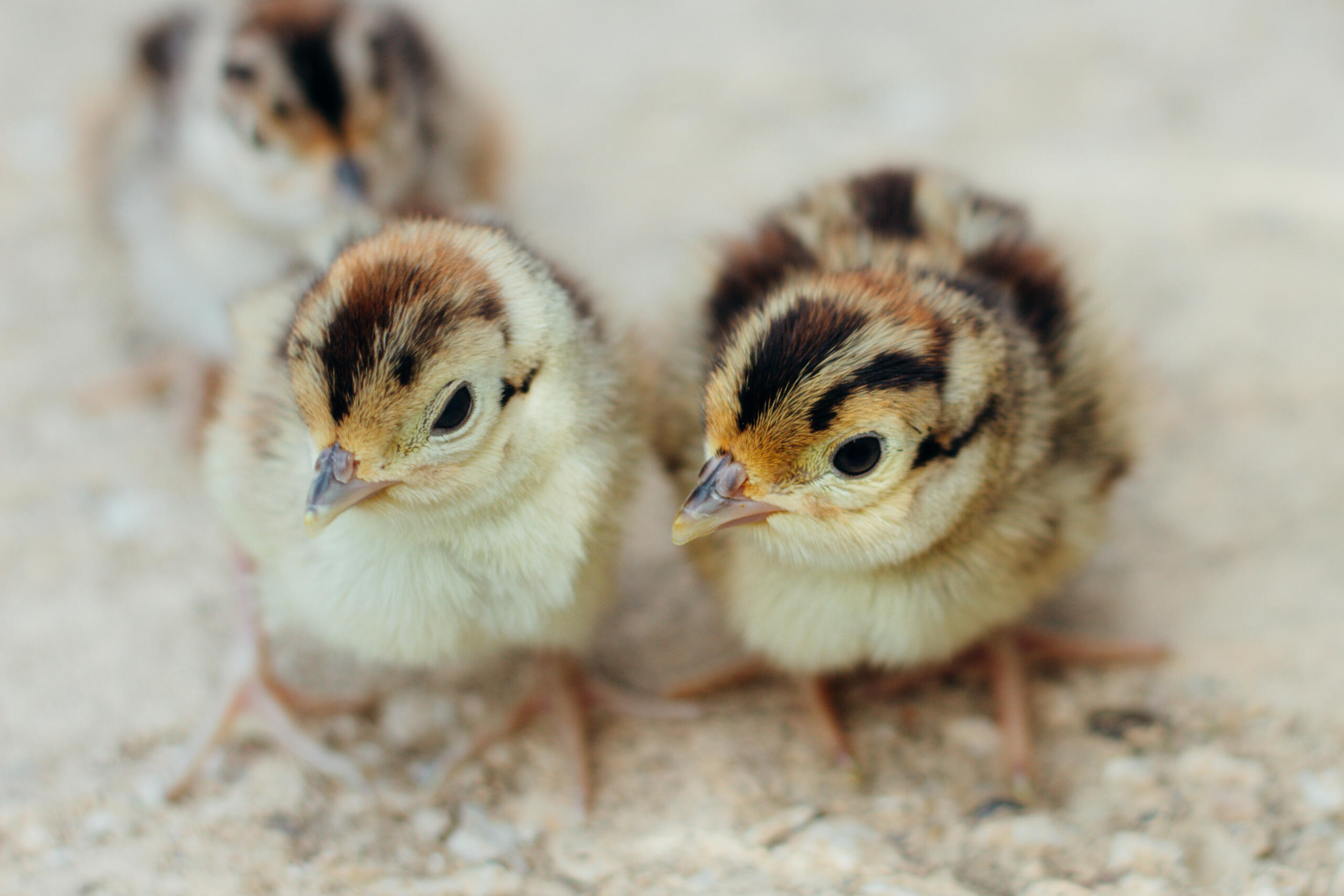
A Comparison of Hatch Data Between Two Different Genetic Types of Pheasants
Read Post
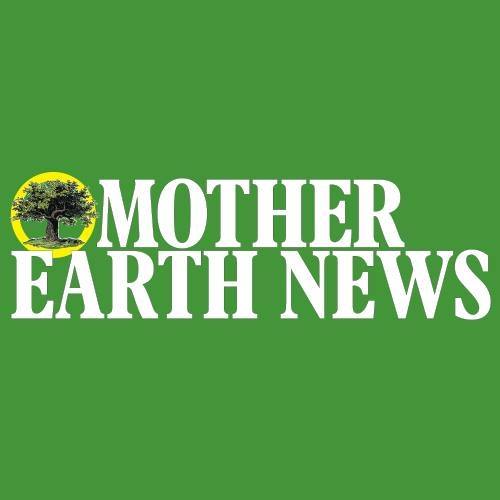
Mother Earth News: Raising Pheasants Podcast
Read Post

Ag Matters Radio Broadcast Features MacFarlane Pheasants
Read Post
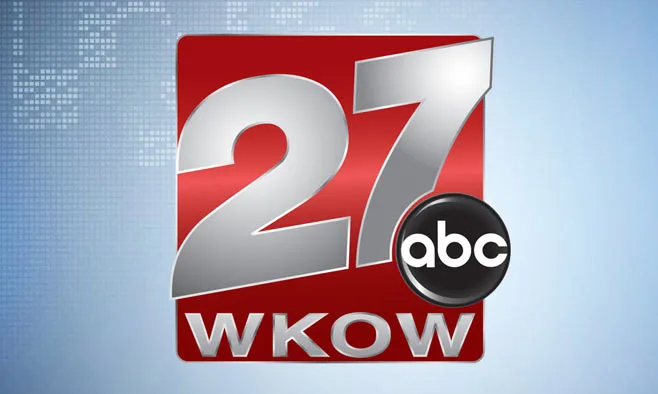
Thousands of pheasants are on the loose after tornado damages barn
Read Post
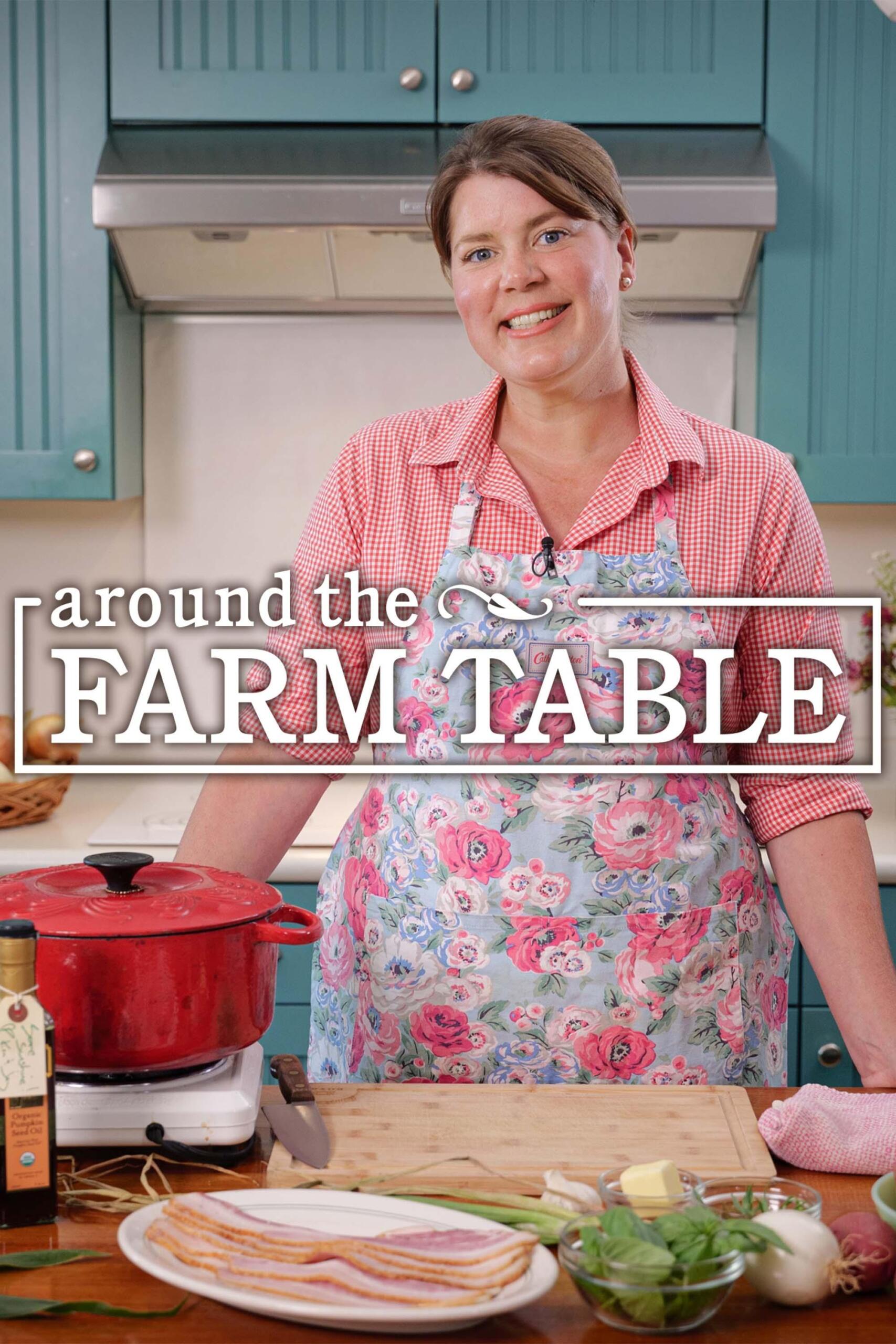
MacFarlane Pheasants Featured on Public Television
Read Post
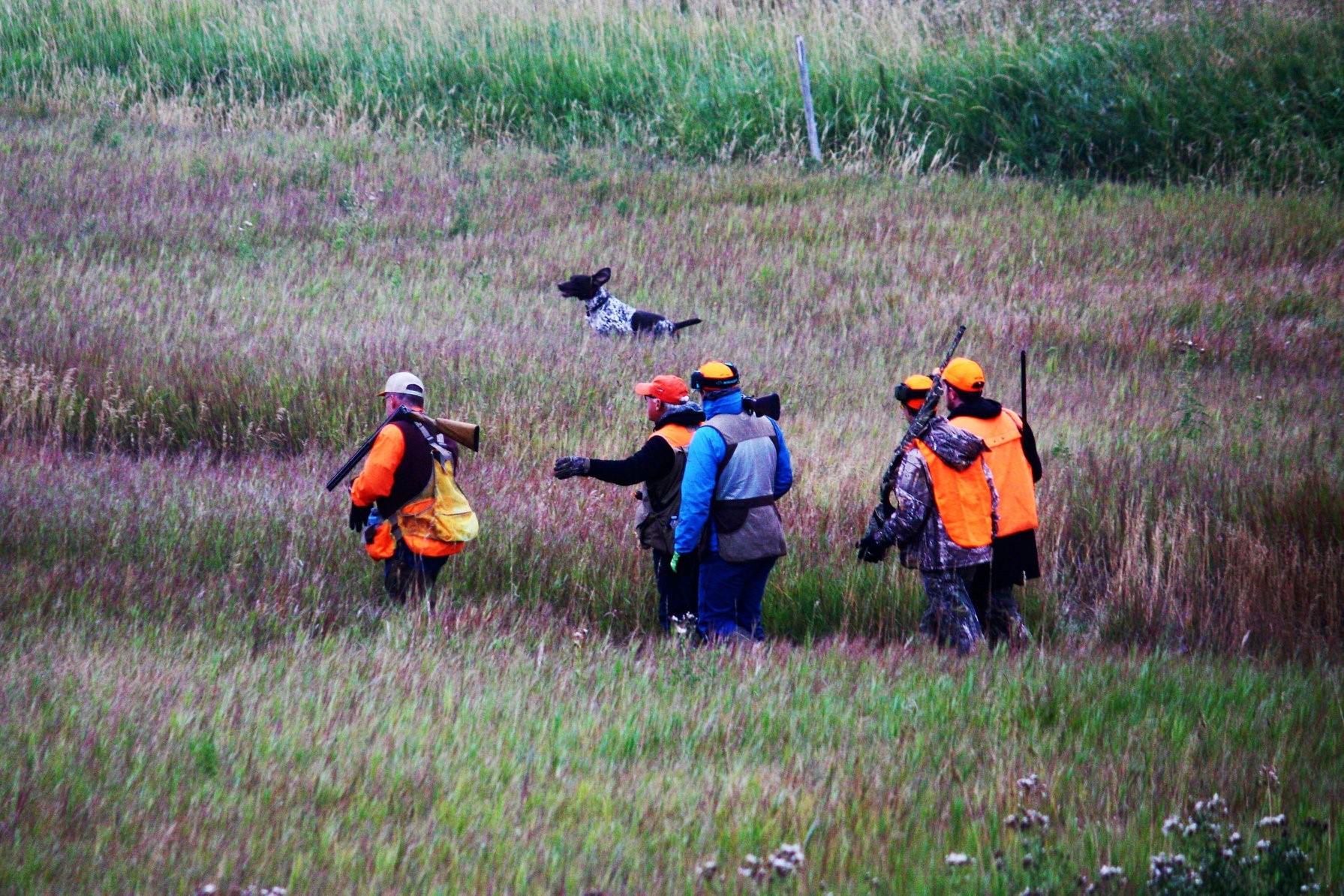
MacFarlane Pheasants Donates Pheasants
Read Post
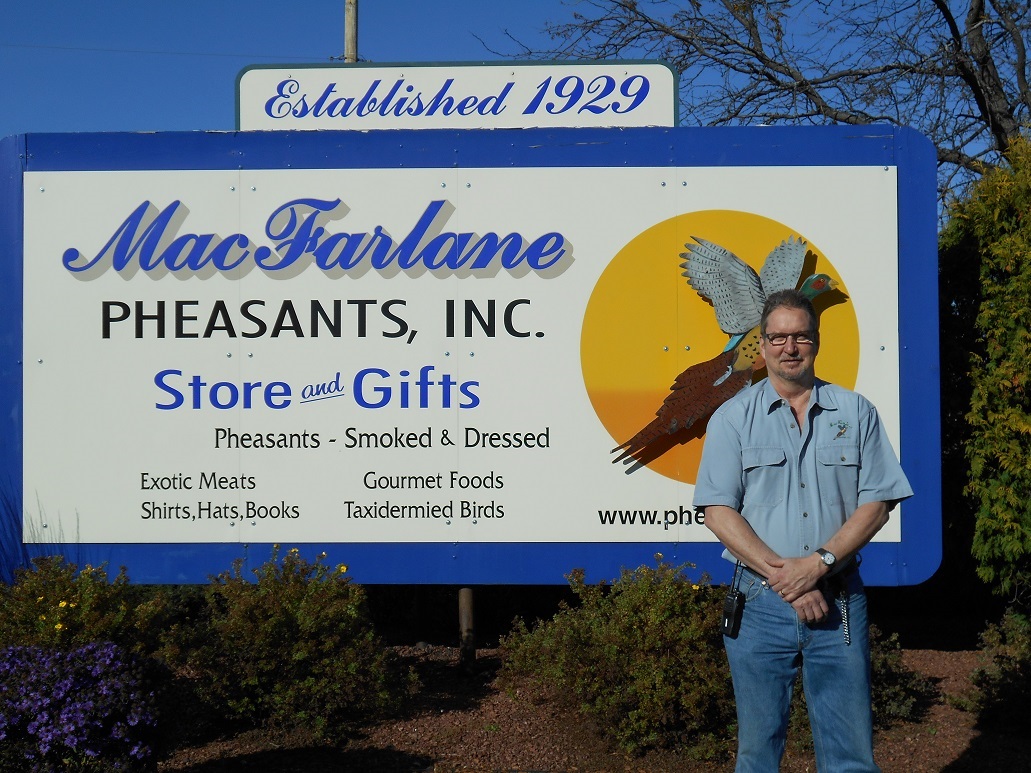
The History of MacFarlane Pheasants, Part 3: The Road Not Taken
Read Post

The History of MacFarlane Pheasants, Part 1: The Making of the Farm
Read Post
Take Advantage of These Free Resources
As the biggest game bird farm in the United States, we want to share our experience with you. Download our free resources below and get started.




